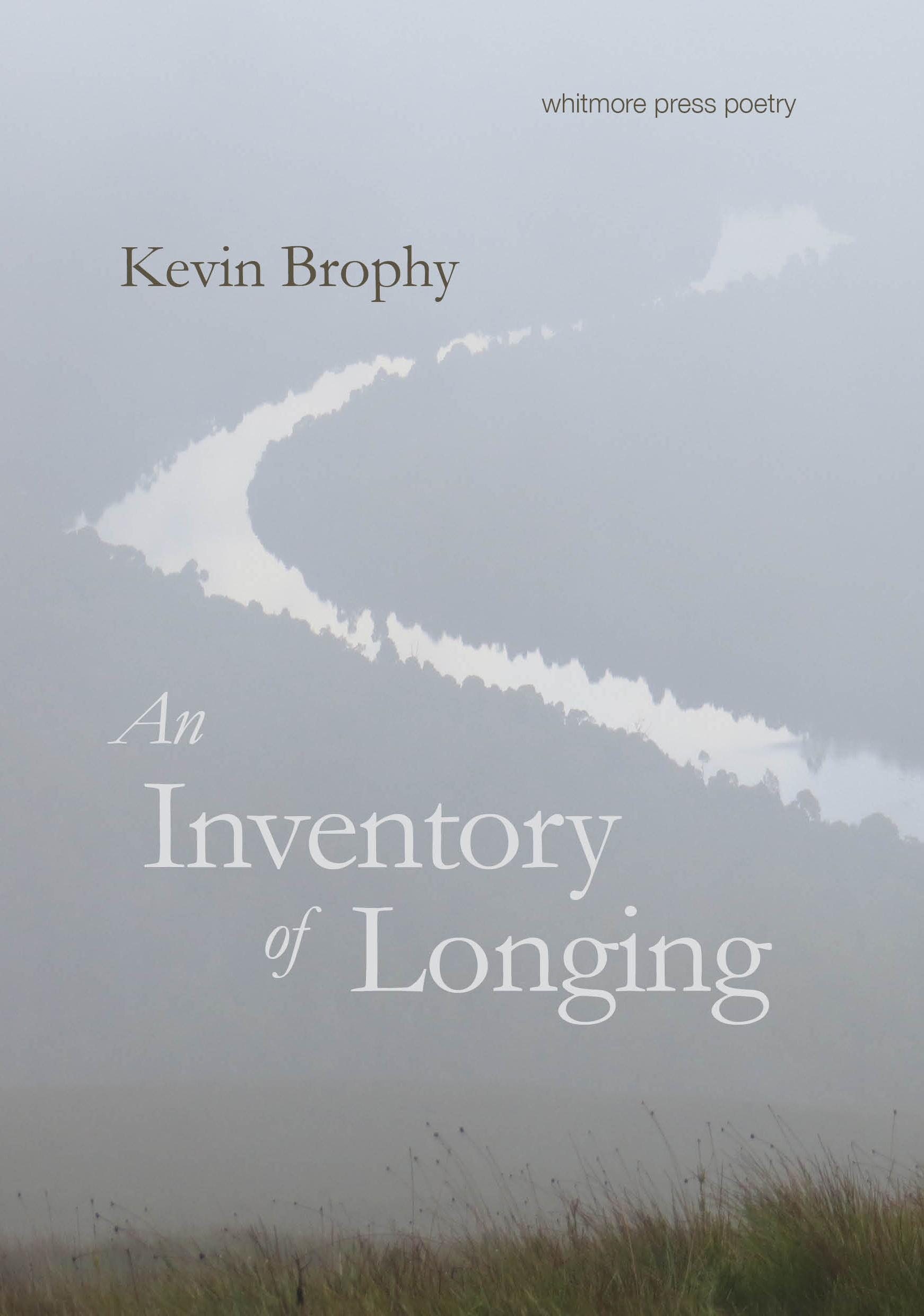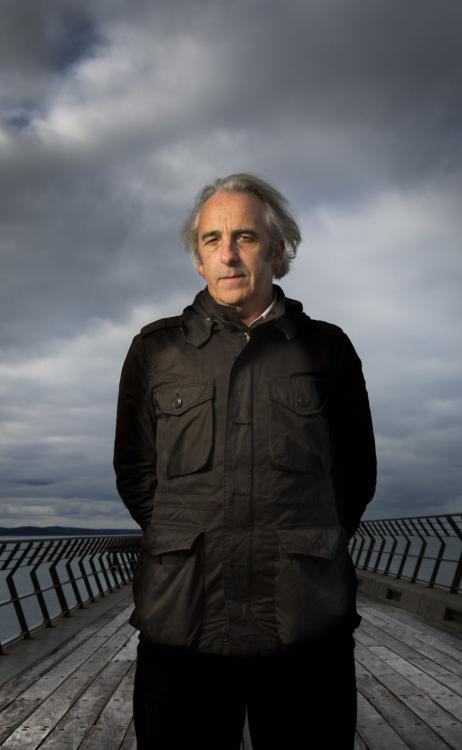Australia’s Great Depression: How a nation shattered by the Great War survived the worst economic crisis it has ever faced
Allen & Unwin, $49.99 hb, 574 pp
Histories of resilience

In 2007, on the seventy-fifth anniversary of the Great Ocean Road, a bronze statue was unveiled at Eastern View, near Torquay. The statue, titled ‘The Diggers’, depicts two pick-wielding mates, one handing the other a drink. In name and form, the statue memorialises both the World War I Anzacs the road was built to honour and the repatriated soldiers who began constructing it in 1919. But the statue tells only half the story. As the anniversary date indicates, the Great Ocean Road was completed in 1932, at the height of the Great Depression. It provided work not only for returned servicemen, but also for thousands of unemployed a decade later. Many probably worked under both circumstances.
Continue reading for only $10 per month. Subscribe and gain full access to Australian Book Review. Already a subscriber? Sign in. If you need assistance, feel free to contact us.















Comment (1)
Leave a comment
If you are an ABR subscriber, you will need to sign in to post a comment.
If you have forgotten your sign in details, or if you receive an error message when trying to submit your comment, please email your comment (and the name of the article to which it relates) to ABR Comments. We will review your comment and, subject to approval, we will post it under your name.
Please note that all comments must be approved by ABR and comply with our Terms & Conditions.